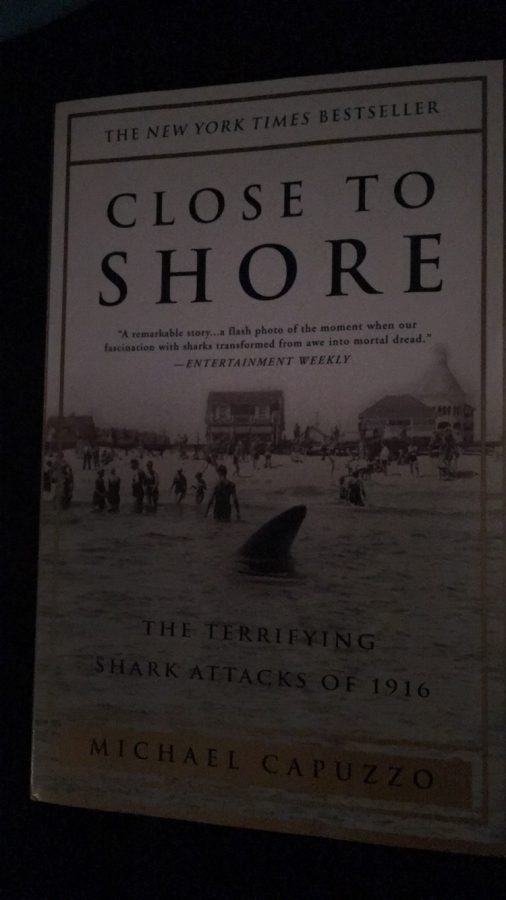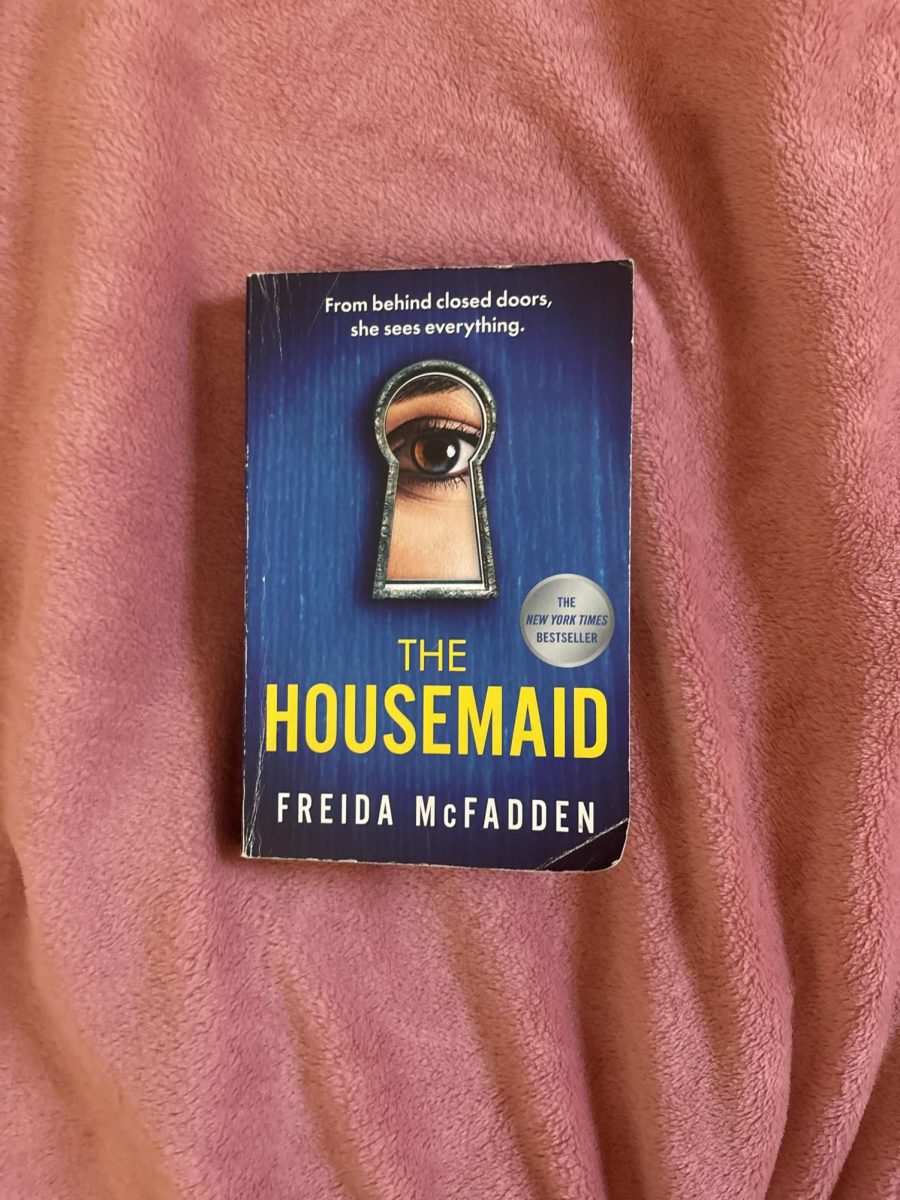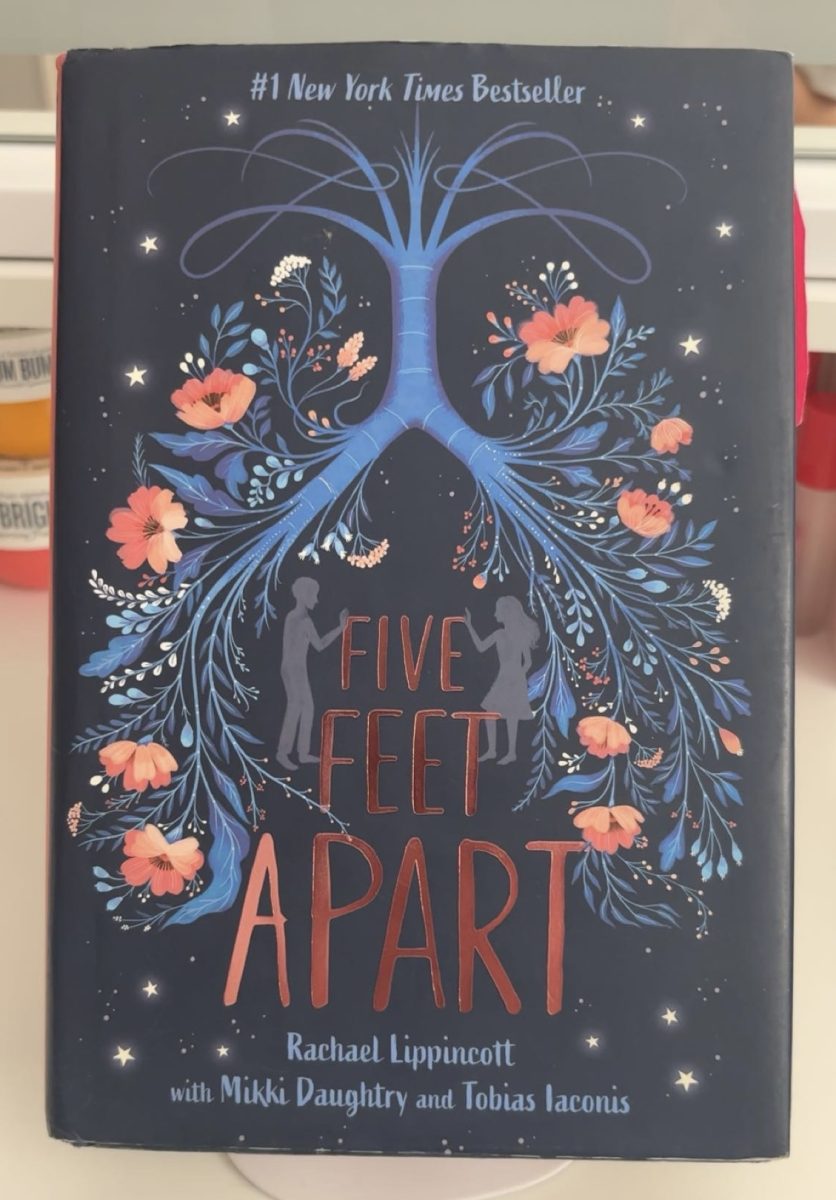New York Times bestseller, Close to Shore: The Terrifying Sharks Attacks of 1916, written by Michael Capuzzo combines historical detail with an engrossing narrative to depict a terror in the age of innocence.
Close to Shore gives the reader a chronicle of the attacks by a great white shark off the Jersey shoreline in the summer of 1916. The first victim was Charles Vansant, who was the son of a prestigious Philadelphia physician. Charles was swimming with his retriever off the coast of Beach Haven when a large marine animal pulled him under the water. He struggled with the beast until he was rescued by a team of lifeguards who managed to bring him ashore. The young man, who was soon to be married, nearly lost one of his legs and was bleeding profusely. Charles only lived a short time on shore until he was pronounced dead. Charles’ death was the first in the U.S. history to be officially recorded as resulting from a shark attack.
Up the shore from Beach Haven in Spring Lake, Sussex Hotel bell captain Charles Bruder made the mistake of taking a break from his duties and going for a quick swim in the ocean. He was attacked by what is thought to be the same shark. Losing both legs in the attack, Bruder, like Vansant, also bled to death. The shark continued to move north and entered into the mouth of the Matawan Creek. Sharks usually cannot survive for an extended period of time in fresh water, but the great white did causing a continuing debate on which species of sharks was truly the culprit of the attacks. During the shark’s inland rampage, he killed a young teen, Lester Stilwell, and the town’s tailor, Stanley Fisher, who was attempting to retrieve Lester’s body. Commonly known as the “12 days of terror” this historical event started on July 1, 1916 and ended on July 12, 1916 with a total of four people dead.
Having grown up in New Jersey and being extremely interested in sharks my entire life, I was very excited to read Close to Shore. I really enjoyed the description of places I knew from growing up but described in the way they looked during that time period. Capuzzo successfully describes the Jersey Shore when it was a status symbol to escape the cities. 1916 was a time of great turmoil with health crisis and a potential war in Europe so people flocked to the shore to escape all their worries unaware another danger lurked just off shore.
Although Close to Shore is by far one of the best books I have read so far, I would not recommend it to you if you’re not into a large amount of description. Capuzzo does not like to cut to the chase and will describe every aspect of a scene before diving into the action.













